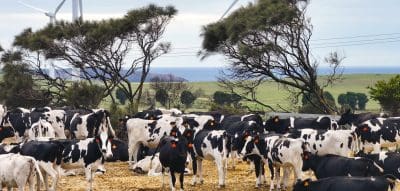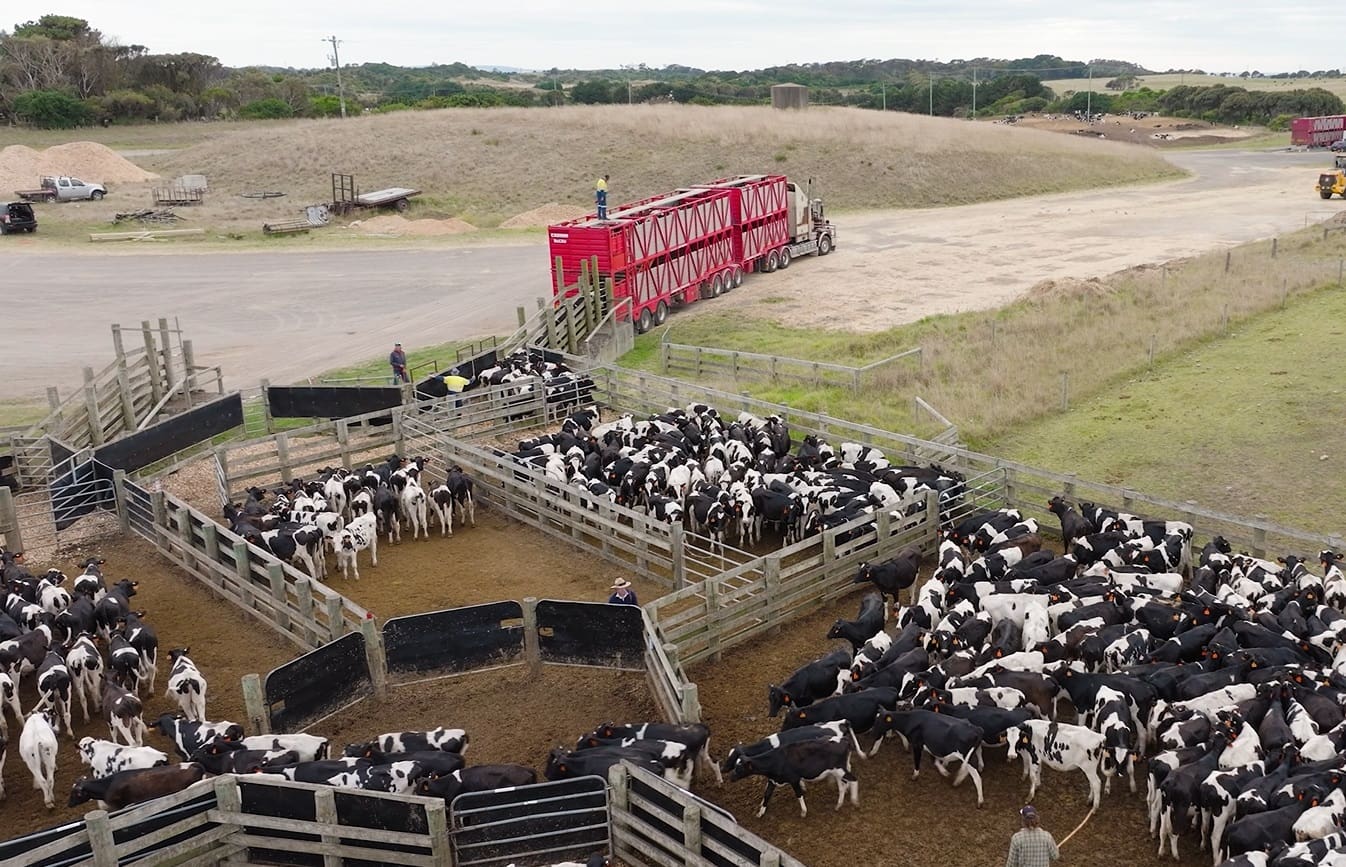AUSTRALIAN cattle exports to China surged in January, but the jump in volume masks a tougher trading environment than the data at first glance suggests, according to a leading market figure.
Australia exported 28,806 head in January, the largest monthly volume to the market according to readily available records going back to 2016.
The total included two large shipments which each carried approximately 10,000 cattle – mostly dairy heifers along with Angus and Hereford breeding cattle – from two Australian exporters.
The monthly volume was pushed higher by a further large shipment that Beef Central understands was initially intended to sail in December, but was deferred until January due to delays with the vessel.
The big increase in January followed a slow year for trade activity to China in 2023, with 78,723 head exported for the year, about 40 percent below the rolling five-year average to the market.
Andy Ingle, managing director Southern Australian International Livestock Services (SAILS), told Beef Central this week that despite the sharp increase in exports in January, market conditions in China are among the worst he has experienced in his career.
He said weak economic conditions and lingering econmic impacts from the past COVID related lockdowns in China have resulted in weakened consumer demand for products like milk and dairy, which was making it difficult to sell cattle to China.
“The China market is as bad as I have seen it in the 20 years I have been involved,” he said.
“Yes there have still been cattle going, but there are cattle being sold at less than half the value pre-April last year.
“The prices the Chinese are willing to pay is a reflection of the economy there.
“Particularly on the dairy side, the products are just not being consumed, and the market has had a major reset”.
Mr Ingle said the collapse in demand from China had coincided with the timing of the New Zealand ban on dairy and breeding cattle exports which took effect from April 30 last year.
The ban removed from China a source of supply that had provided 150,000 dairy cattle in previous years.
However, despite that loss, the lack of demand meant there was no corresponding pressure from China for Australia to fill that supply after the NZ ban came into force.
Mr Ingle said the price of dairy cattle for export in southern Australia had dropped from about $2600 per head to farmers before March last year to about $1000 per head now.
SAILS delivered one of the two shipments of 10,000 cattle to China in January, but prior to that the company had not shipped an animal to China for three months, he said.
“The economy has had a significant cooling, the consumption particularly of those dairy products has just come back significantly, and the availability of government subsidies to assist in cattle purchases are now much harder to access,” he said.
“While there were cattle going up there in the second half of last year, the demand and the value you would get basically stopped overnight.
“There were some dribs and drabs of shipments going for emerging dairies who needed the cattle, but it is now as tough a period as I have seen in 20 years, and I don’t think it is going to improve, certainly not in the short term and may not in the medium term.
 “If the economy was moving along as it has been in general over the past 10 years, there would still be a demand, it is not an oversupply of cattle up there although numbers have certainly increased in recent years as has the productivity of the cows so this has also attributed to the conditions we are seeing now, this is a real economic hit.”
“If the economy was moving along as it has been in general over the past 10 years, there would still be a demand, it is not an oversupply of cattle up there although numbers have certainly increased in recent years as has the productivity of the cows so this has also attributed to the conditions we are seeing now, this is a real economic hit.”
Mr Ingle estimated that in recent years about 65 percent of all Australian cattle exported to China were dairy heifers, with beef breeding cattle making up the balance.
January 2024 export data released by the Department of Agriculture this week showed that only 600 cattle in total were exported from Australia to Indonesia during the month.
The lack of trade was caused by the delayed issue of 2024 feeder cattle import permits from the Indonesian Government, which were not released to local importers until last Friday, February 16.
The 600 cattle that were exported to Indonesia during the month were breeding cattle loaded in Portland.
Cattle exports to Vietnam in January totalled 11,334 head, with other destinations for the month including Israel (2227 feeder cattle), Philippines (2786 feeder cattle), and Pakistan (1223 breeder cattle) and Malaysia (1200 breeder cattle).


